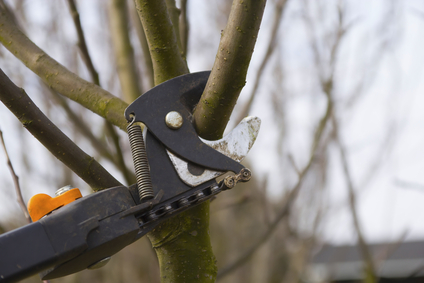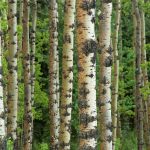Tree Pruning Guide by Season
Your trees are a beautiful addition to the landscape of your home. In addition, they are a huge benefit to the environment and are vital to great air quality. Ornamental trees, however– the ones growing in your yard for looks and privacy– require care. They can’t just be left alone to grow wild their entire life. They need to be pruned regularly as doing so can help a tree live on for centuries.
Why should you prune?
Removing dead or damaged tree branches is important because it prevents hazards to people and property and it can help stop insects and other organisms from harming the tree. Pruning also invites air and sunlight into the branches, which can help save a tree from diseases and other problematic conditions. Additionally, strategic pruning will fortify a tree’s structure and help stimulate growth.
When should you prune?
Here is a helpful seasonal plan that you can use as a guideline. But remember – pruning should be timed with the tree’s cycle, not just the season. If a tree flowers later than expected, or a branch breaks mid-summer, adjust your tree pruning schedule accordingly.
Winter pruning:
It’s important to know that pruning trees while they are dormant is less stressful for the trees. While dormant, trees have root and energy reserves to heal pruning cuts. Diseases and insects that could invade a pruned tree are also dormant. Importantly, it’s easier to see damaged and diseased branches to trim, and to assess and change the overall shape of the tree in the winter when leaves have fallen. Popular Portland trees to prune in winter include the following:
- Maple
- Birch
- Ash
- Oak
- Elms
- Crabapple
- Narrowleaf evergreens (yew, juniper)
- Fruit trees like pear, cherry, apple and plum
Early Spring Pruning:
Pruning in spring is an active time for both you and your trees. As the weather warms, but before buds appear, you can prune these trees:
- Smoke Tree
- Pussy Willow
- Spirea
- Holly
Late Spring/Early Summer
Before the end of June is best the time to prune spring flowering trees. Try to prune soon after the blooms fade. The current blooms developed during the prior season and wintered in the bud. Pruning shortly after flowering will let the tree get to work on next year’s blooms. Trees to prune in late spring to early summer include:
- Forsythia
- Lilac
- Dogwood
- Magnolia
- Weigela
- Wisteria
If you see water suckers and sprouts emerging on your trees, try to clip them during the months of May and June. This will minimize nutrient loss from the main trunk.
Although tree pruning in late summer isn’t optimal, you can prune for corrective purposes, removing defective branches or those that hang down too far. Summer pruning can also be done to direct or slow tree growth.
Fall Pruning
When the days start to get shorter and the air cools, we start preparing for the winter ahead. We clean up the yard, mow the grass one last time, and add winter fertilizer to the lawn. It’s tempting to pick up the pruning shears and just trim a tree branch or two. But please, don’t do it. Pruning certain trees before winter, particularly evergreens, weakens them, making them more susceptible to disease when cold sets in. If you do need to prune evergreens, time it no later than mid-summer.
Portland tree pruning services
Our list doesn’t include all species of trees growing in Portland, but call Inexpensive Tree Care for professional tree pruning services or any questions you may have about timing for pruning the trees in your yard. Our team is here to help you get your trees ready for a healthy year, and we’ll help you care for your trees throughout the seasons.




